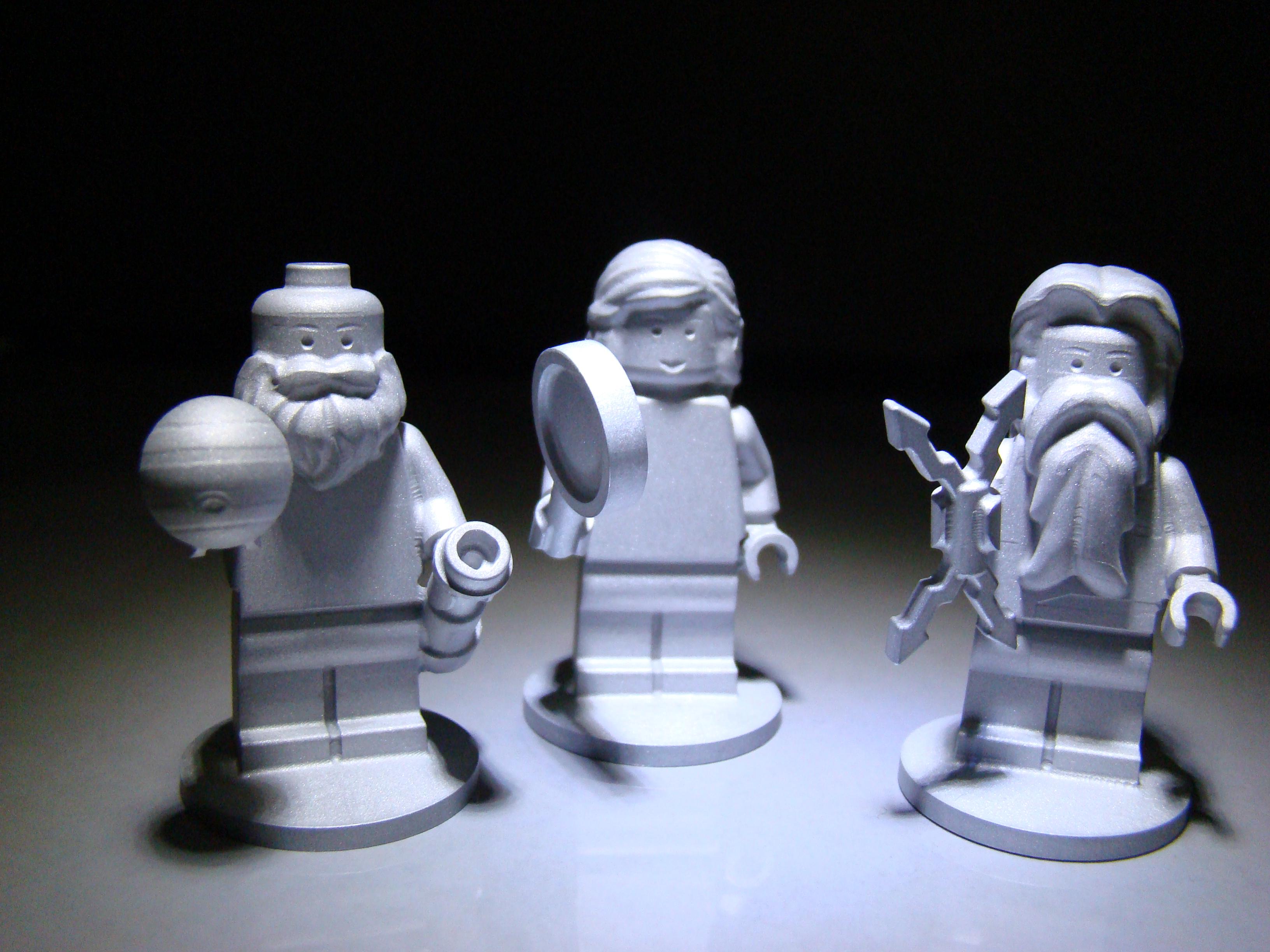Unit 1: Why Study Greek Mythology?

Before You Read
Discuss the following questions with a classmate.
- What are LEGOS?
- What is NASA?
- How many planets can you name in English?
- What are the planets in your language, and what do they mean?
- Skim the next reading. What do you think is the author’s purpose of the text: to inform, entertain, or to persuade? How will that affect the way you take notes on the reading?
Vocabulary in Context
These sentences are from the next reading. Use the context of the topic and the sentence to guess the meanings of the words in bold.
1. NASA’s Jupiter-bound Juno spacecraft will carry the 1.5-inch likenesses of Galileo Galilei…
2. “The inclusion of the three mini-statues, or figurines, is part of a joint outreach and educational program…”
3. “…including the four largest satellites of Jupiter…”
4. “Juno’s color camera will provide close-up images of Jupiter, including the first detailed glimpse of the planet’s poles.”
Juno Spacecraft to Carry Three Figurines to Jupiter Orbit
by NASA Official Brian Dunbar for NASA, $\ccpd$
NASA’s Jupiter-bound Juno spacecraft will carry the 1.5-inch LEGO figures of Galileo Galilei, the Roman god Jupiter, and his wife Juno to the planet Jupiter when the spacecraft launches this Friday, Aug. 5. The inclusion of the three mini-statues, or figurines, is part of a joint outreach and educational program developed as part of the partnership between NASA and the LEGO Group to inspire children to explore science, technology, engineering, and mathematics.
In Greek and Roman mythology, Jupiter wrapped a blanket of clouds around himself to hide his mischief. From Mount Olympus, Juno was able to see through the clouds and reveal Jupiter’s true nature. Juno holds a magnifying glass to signify her search for the truth, while her husband holds a lightning bolt. The third LEGO crew member is Galileo Galilei, who made several important discoveries about Jupiter, including the four largest satellites of Jupiter (named the Galilean moons in his honor). Of course, the miniature Galileo has his telescope with him on the journey.
The spacecraft is expected to arrive at Jupiter in 2016. The mission will investigate the gas giant’s origins, structure, atmosphere, and magnetosphere. Juno’s color camera will provide close-up images of Jupiter, including the first detailed glimpse of the planet’s poles.

Comprehension and Critical Thinking Questions
Using your own words, answer the questions below according to the reading.
- Why did NASA send toys into outer space?
- According to the article, why is Juno holding a magnifying glass?
- Why do you think Juno is holding a magnifying glass?
- According to the article, who is Galileo Galilei?
- Why do you think the people at NASA named this spacecraft “Juno”?
CEFR Level: CEF Level C2
